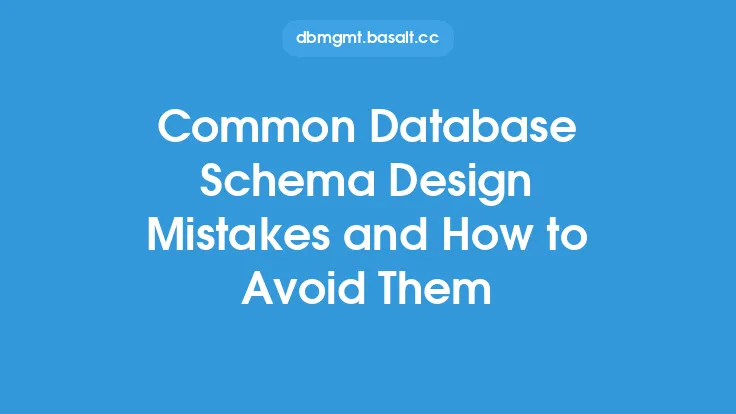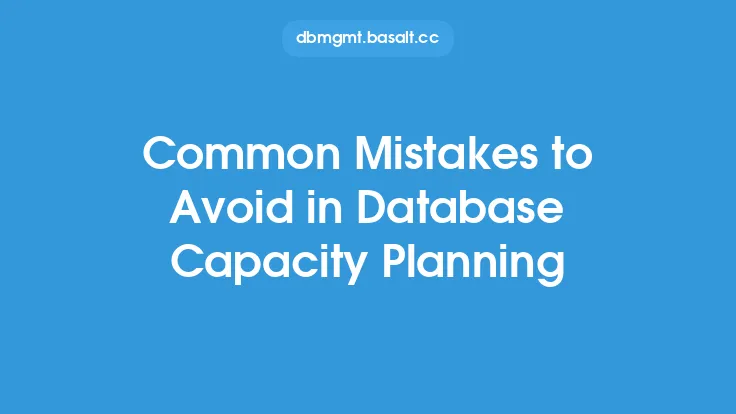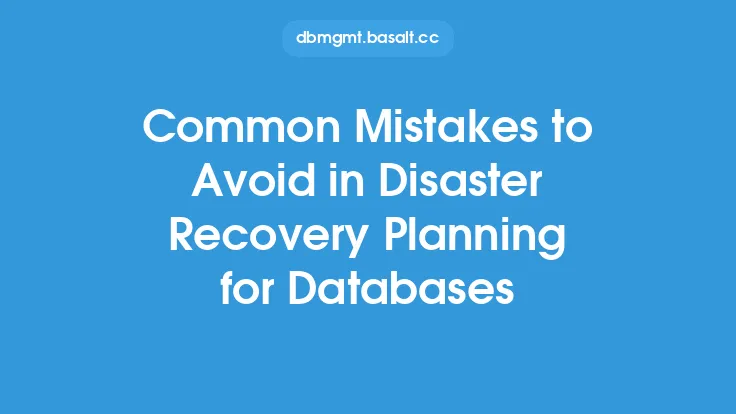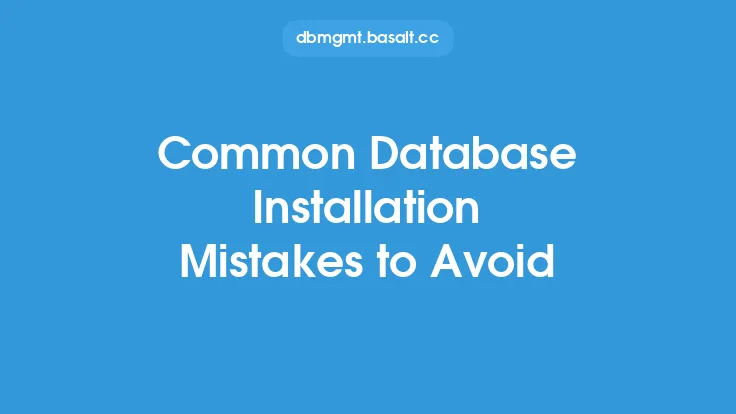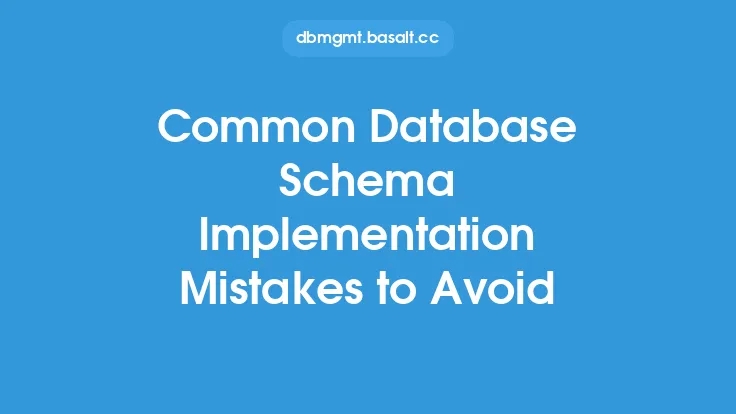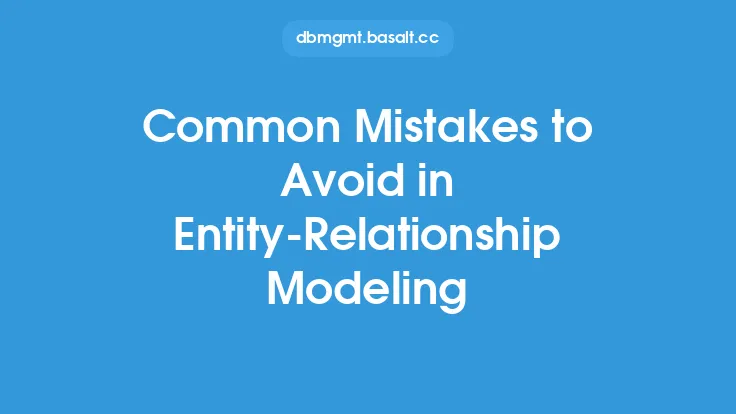When designing a database, data validation is a critical aspect that ensures the accuracy, consistency, and reliability of the data stored. It involves checking the data for correctness, completeness, and conformity to the defined rules and constraints. However, despite its importance, data validation is often overlooked or implemented incorrectly, leading to data inconsistencies, errors, and security vulnerabilities. In this article, we will discuss common data validation mistakes to avoid in database design, providing you with the knowledge to create a robust and reliable database.
Introduction to Data Validation
Data validation is the process of verifying that the data entered into a database meets the required standards and rules. It involves checking the data for format, range, and consistency, as well as ensuring that it conforms to the defined business rules and constraints. Data validation can be performed at various levels, including the user interface, application, and database levels. Effective data validation helps to prevent data errors, ensures data consistency, and improves data integrity.
Common Data Validation Mistakes
There are several common data validation mistakes that developers and database administrators make when designing a database. These mistakes can lead to data inconsistencies, errors, and security vulnerabilities. Some of the most common mistakes include:
- Insufficient validation rules: Failing to define sufficient validation rules can lead to invalid data being entered into the database. For example, not checking for null or empty values can result in incomplete data.
- Inconsistent validation: Inconsistent validation rules can lead to confusion and errors. For example, using different validation rules for the same data field in different parts of the application can cause inconsistencies.
- Lack of data type validation: Failing to validate the data type can lead to errors and security vulnerabilities. For example, not checking if a value is a valid date or time can result in incorrect data being stored.
- Not handling exceptions: Failing to handle exceptions and errors can lead to data inconsistencies and security vulnerabilities. For example, not handling null or empty values can result in errors and crashes.
Data Validation Techniques
There are several data validation techniques that can be used to ensure the accuracy and consistency of data. These techniques include:
- Format validation: Checking the format of the data to ensure it conforms to the defined rules. For example, checking if a date is in the correct format (YYYY-MM-DD).
- Range validation: Checking the range of the data to ensure it falls within the defined limits. For example, checking if a value is within a certain range (1-100).
- Check constraints: Using check constraints to ensure that the data conforms to the defined business rules. For example, checking if a value is greater than or equal to a certain value.
- Regular expressions: Using regular expressions to validate the format of the data. For example, checking if a string matches a certain pattern.
Database-Level Validation
Database-level validation involves defining validation rules at the database level. This can be done using various database management system (DBMS) features, such as:
- Check constraints: Defining check constraints to ensure that the data conforms to the defined business rules.
- Triggers: Using triggers to validate the data before it is inserted or updated.
- Stored procedures: Using stored procedures to validate the data before it is inserted or updated.
Application-Level Validation
Application-level validation involves defining validation rules at the application level. This can be done using various programming languages and frameworks, such as:
- Validation libraries: Using validation libraries to define and enforce validation rules.
- Custom validation: Writing custom validation code to enforce specific business rules.
- UI-level validation: Validating user input at the user interface level to prevent invalid data from being entered.
Best Practices for Data Validation
To ensure effective data validation, it is essential to follow best practices. These include:
- Define clear validation rules: Clearly defining validation rules and constraints to ensure that the data conforms to the defined standards.
- Use a combination of validation techniques: Using a combination of validation techniques, such as format validation, range validation, and check constraints, to ensure that the data is accurate and consistent.
- Handle exceptions and errors: Handling exceptions and errors to prevent data inconsistencies and security vulnerabilities.
- Test and validate: Thoroughly testing and validating the data to ensure that it meets the defined standards and rules.
Conclusion
Data validation is a critical aspect of database design that ensures the accuracy, consistency, and reliability of the data stored. By avoiding common data validation mistakes, using effective data validation techniques, and following best practices, developers and database administrators can create a robust and reliable database that meets the defined standards and rules. Remember, effective data validation is essential for preventing data errors, ensuring data consistency, and improving data integrity.
